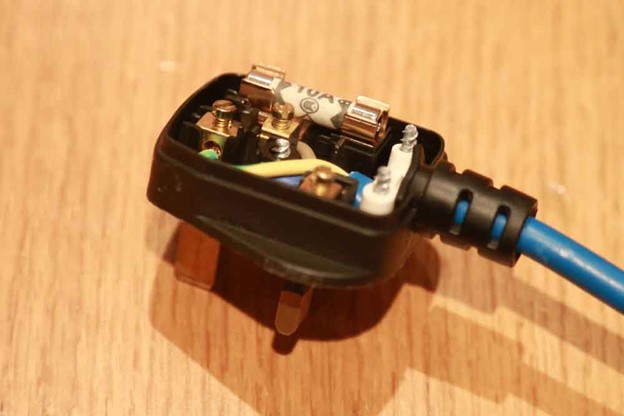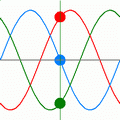Ever taken a moment to notice the omnipresent electrical infrastructure that intertwines with our daily lives? One intriguing element often goes unnoticed – the power of three. On closer inspection, you’ll find that transmission cables, pylons, and posts often carry multiples of three wires. You might be tempted to draw a connection with the three pins on a plug, but that would be a misinterpretation.

If we reminisce about school lessons on electricity and basic circuits, we’ll remember that a circuit forms a closed loop where electrons flow from negative to positive terminals in a Direct Current (DC) system. This concept applies to Alternating Current (AC) systems as well, which are most likely what power your household plugs. However, in an AC system, electrons vibrate at the frequency of your grid (in the UK, that’s 50Hz) rather than flowing from positive to negative. The three pins in your plug represent a live, a neutral, and a safety or “earth” wire. This earth wire shields you and your equipment from potential hazards in the event of a short circuit.
The Power of Three Phases
But what about the three wires or groups of three wires we often see? They’re all live and consequently very hazardous. But why are they all live, and how does this configuration complete the loop?

The answer lies in the power station. Generators there produce three AC currents using three coils wrapped around the generator. Each coil oscillates at the same frequency (50Hz), but they’re 120 degrees out of phase, which means each one represents a third of a complete cycle. They vibrate between positive and negative, and the sum of the three lines always equals zero. This allows the return path for the current from one phase to be the other two phases. This three-phase system provides a more balanced load than a possible two-phase system and can create a rotating magnetic field, essential for operating an electric motor.
A significant advantage of a three-phase system over a single-phase system is that it can transmit three times the power with only one and a half times the conductor material. These three-phase currents are divided at the distribution level. Within our homes, unless they’re incredibly large, we typically utilize standard single-phase power.
This three-phase system might seem a bit mysterious, but it’s a highly efficient and ingenious way to distribute electricity, ensuring we all stay powered up and connected.

